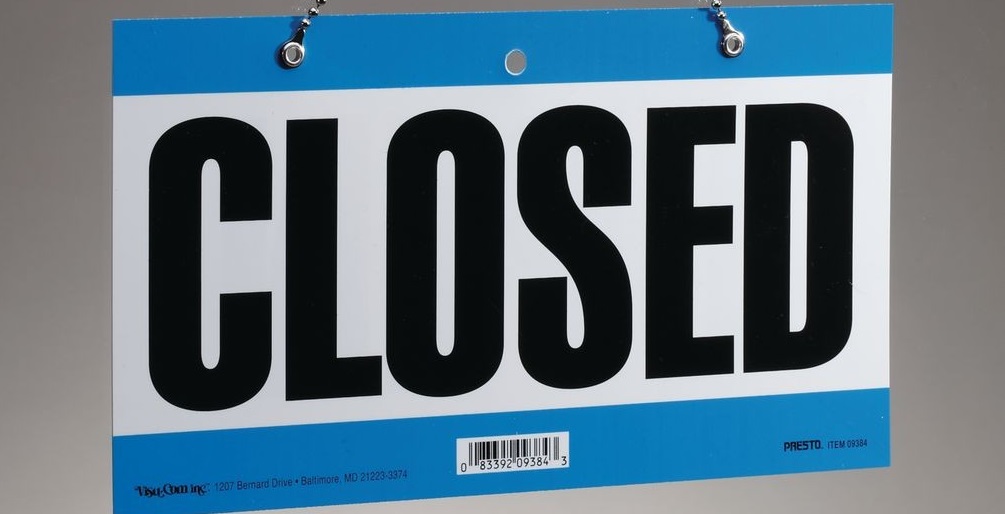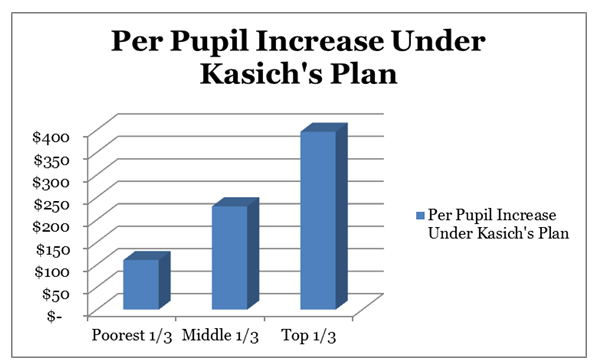Innovation Ohio Releases New Medicaid Report Policy report looks at gubernatorial candidates, includes county by county Medicaid numbers
Columbus, OH – Today, Innovation Ohio released a new policy report on what is at stake for Medicaid in this year’s gubernatorial election. The analysis, titled “Healthcare is on the Ballot in Ohio: Medicaid and The Governors Race,” examines the importance of Medicaid and where candidates Rich Cordray and Mike DeWine stand on the program. The report is online here. The report looks at new state and county-level numbers, as well as the potential impacts of each candidate’s plans. It also lays out the vital role Medicaid expansion has played in combatting Ohio’s opioid epidemic. In Washington County, where the next gubernatorial debate will be held, nearly a quarter of the population relies on Medicaid for their healthcare. In neighboring counties in Appalachia, that number rises to nearly a third. “Healthcare truly is on the ballot this fall,” said Innovation Ohio President Janetta King. “Medicaid is a vital program for all of Ohio, but it plays an outsized role in our Appalachian region. It’s important that voters know how their healthcare could be impacted by each candidate.” While Cordray has expressed his support for Medicaid, DeWine has laid out plans that would cripple the program. DeWine sued to stop the Medicaid expansion and has expressed support for changes that could risk the healthcare of hundreds of thousands of Ohioans. The report notes that DeWine has still not taken a position on the legislature’s passage of a Medicaid expansion freeze, which Gov. John Kasich vetoed. Other key findings in the report include:- 21% of Ohioans rely on Medicaid for their healthcare. In some counties, this number is as high as 40%.
- Medicaid expansion has helped to lower Ohio’s uninsured rate from 13.9% to 6% in four years.
- DeWine’s proposed changes to Medicaid could risk the healthcare of at least 318,000 Ohioans.
- 59% of Ohio nursing home residents use Medicaid coverage for that service.
###
 One reason cited by experts for the high rate of wage theft is that, in the past decade, the Wage and Hour Enforcement unit at the Department of Commerce — responsible for enforcement of wage and hour laws — has been gutted; its already-meager staff was reduced from 12 to just 6. That’s six individuals who are responsible for enforcement of all wage and hour violations in a state in which over 5.5 million people work outside the home for pay. By comparison, Idaho, a state with 1/10th Ohio’s population has five inspectors.
The results are about as poor as you might expect. According to a
One reason cited by experts for the high rate of wage theft is that, in the past decade, the Wage and Hour Enforcement unit at the Department of Commerce — responsible for enforcement of wage and hour laws — has been gutted; its already-meager staff was reduced from 12 to just 6. That’s six individuals who are responsible for enforcement of all wage and hour violations in a state in which over 5.5 million people work outside the home for pay. By comparison, Idaho, a state with 1/10th Ohio’s population has five inspectors.
The results are about as poor as you might expect. According to a  Overview
Senate Bill 329, a little-noticed bill rushed through the recent lame duck session, could have disastrous consequences if allowed to become law. Without a veto from Governor Kasich, SB 329 would effectively allow for the dissolution of state government departments, potentially throwing thousands out of work and open the door to privatization, while threatening the effective continuation of public services and programs that provide for the state’s economic vitality and competitiveness.
How it Would Work
Under SB329, Gubernatorial Departments would be required to make an affirmative case every four years to justify their continued existence, involving a time- and resource-intensive process. Agencies would be required to review and report on the legal justification of rules and procedures, potential for privatization, conduct a multi-year analysis of cost effectiveness, and benchmark all regulations against other states.
Creates Chaos Not Reform
Overview
Senate Bill 329, a little-noticed bill rushed through the recent lame duck session, could have disastrous consequences if allowed to become law. Without a veto from Governor Kasich, SB 329 would effectively allow for the dissolution of state government departments, potentially throwing thousands out of work and open the door to privatization, while threatening the effective continuation of public services and programs that provide for the state’s economic vitality and competitiveness.
How it Would Work
Under SB329, Gubernatorial Departments would be required to make an affirmative case every four years to justify their continued existence, involving a time- and resource-intensive process. Agencies would be required to review and report on the legal justification of rules and procedures, potential for privatization, conduct a multi-year analysis of cost effectiveness, and benchmark all regulations against other states.
Creates Chaos Not Reform


